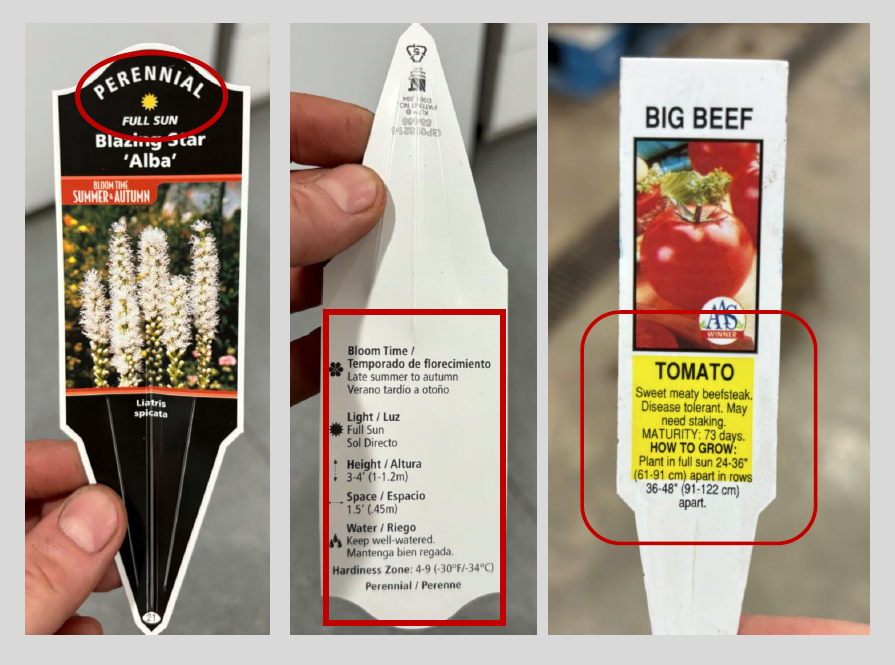Talking Plants
Jillian Patrie | University of Minnesota Yard and Garden Extension
At times selecting plants for the Northern Garden can be challenging. Weather can change dramatically from one day to the next. There are a few things to keep in mind when choosing plants for gardens, yards & patio containers as we ride the rollercoaster into spring.
When selecting varieties of trees, shrubs & perennial plants zone hardiness is important. Most of the Red River Valley is in hardiness zone 4a (-25 to -30 below zero), the zone is determined by the average lows collected over a 30-year period. When selecting a perennial plant (which comes back year to year), choose one that is hardy to Zone 4a or less, the smaller the zone hardiness number the more cold hardy the plant. There are many other factors that influence the success of a plant but starting out with a zone hardy plant is number one. Next, think about the location, “the right plant for the right place”, the correct combination of sunlight, soil & water will set your plants up for success. Referring to plant labels and signs, will provide important information on the growth requirements and habits for each plant.
Location is important for annuals too, and because annuals are planted each season, the selection of varieties is limited only by the length of the Northern growing season. Many annuls in northern climates are perennials in warmer places! Although winter brings the gardening season to a close in the North, it allows us to try new things and enjoy the process. Herbs, vegetables, and most flowers require full sun and need at least 6 hours of direct sunlight. Shade-loving plants prefer a spot with limited exposure to intense direct sunlight. Plant labels and signs are your best friend when selecting vegetables, herbs & flowers. Growth habit, size, shape, sun & water requirements are commonly listed on the label.
While planning your garden, whether it is vegetables, perennials, or in containers, weather conditions are important to keep in mind. Avoid extreme conditions when planting new plants, and when establishing a garden or other plant material. Be prepared to tend to new plants while they establish roots and get settled. If you are planning to be away, make sure there is a plan in place for care. There are many ways to take care of a garden from afar, but make sure these methods are tested beforehand. In general, trees, shrubs and perennials will be well on their way a month or two after planting. Gardens, containers, and hanging baskets may need to be attended to daily, depending on rainfall.
The key to success lies in selecting the right plant for the right place!
If you are planning a vegetable or flower garden, check out the University of Minnesota Extension Master Gardener 2023 Seed Trials. Learn what Master Gardeners from all around the state selected as the best varieties to grow by visiting the Yard & Garden News section at extension.umn.edu.
If you have questions about gardening or this article please contact, Jill Patrie, Horticulture Extension Educator by phone 218-299-7338 or at patri350@umn.edu.


